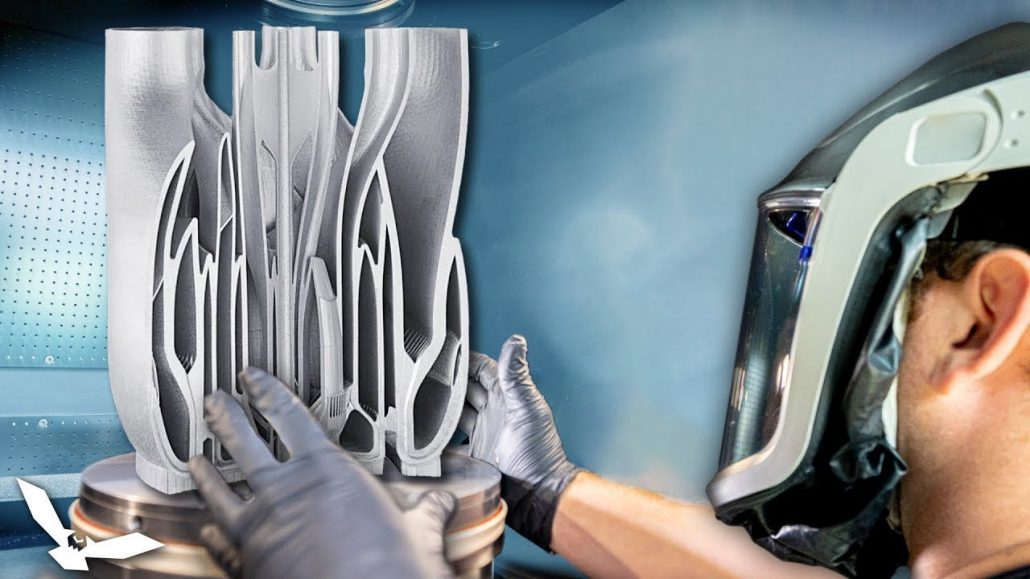
At Formnext 2024, TRUMPF revealed key advancements in 3D printing, focusing on enhanced productivity and material versatility. The company introduced the upgraded TruPrint 3000 metal 3D printer, now featuring dual-laser capabilities and an integrated cooling system. These improvements enable faster production and better quality, particularly for aluminium applications.
The TruPrint 3000 includes a 700-watt fibre laser, which increases the laser spot size from 80 µm to 200 µm. This upgrade allows for larger area processing and complex components, making it ideal for industries requiring precision. Furthermore, the cooling system accelerates material cooling, crucial for maintaining aluminium alloy quality in industries like automotive, aerospace, and motorsports.
Aluminium Alloys for High-Performance Sectors
TRUMPF expanded its aluminium alloy range for 3D printing, targeting sectors such as automotive, aerospace, and motorsports. These alloys offer benefits like lightweight construction, material efficiency, and design flexibility. Parts printed with these alloys are comparable in quality to traditionally machined parts while reducing material waste and offering better control over part geometry.
Additive Manufacturing for Semiconductor Equipment
TRUMPF also demonstrated advancements in additive manufacturing for the semiconductor industry. The company showcased 3D-printed components, such as manifolds for semiconductor equipment, which improve precision, functionality, and production efficiency. This supports the growing trend of additive manufacturing in industries that require custom-engineered, high-performance parts.











Leave a Reply
You must be logged in to post a comment.